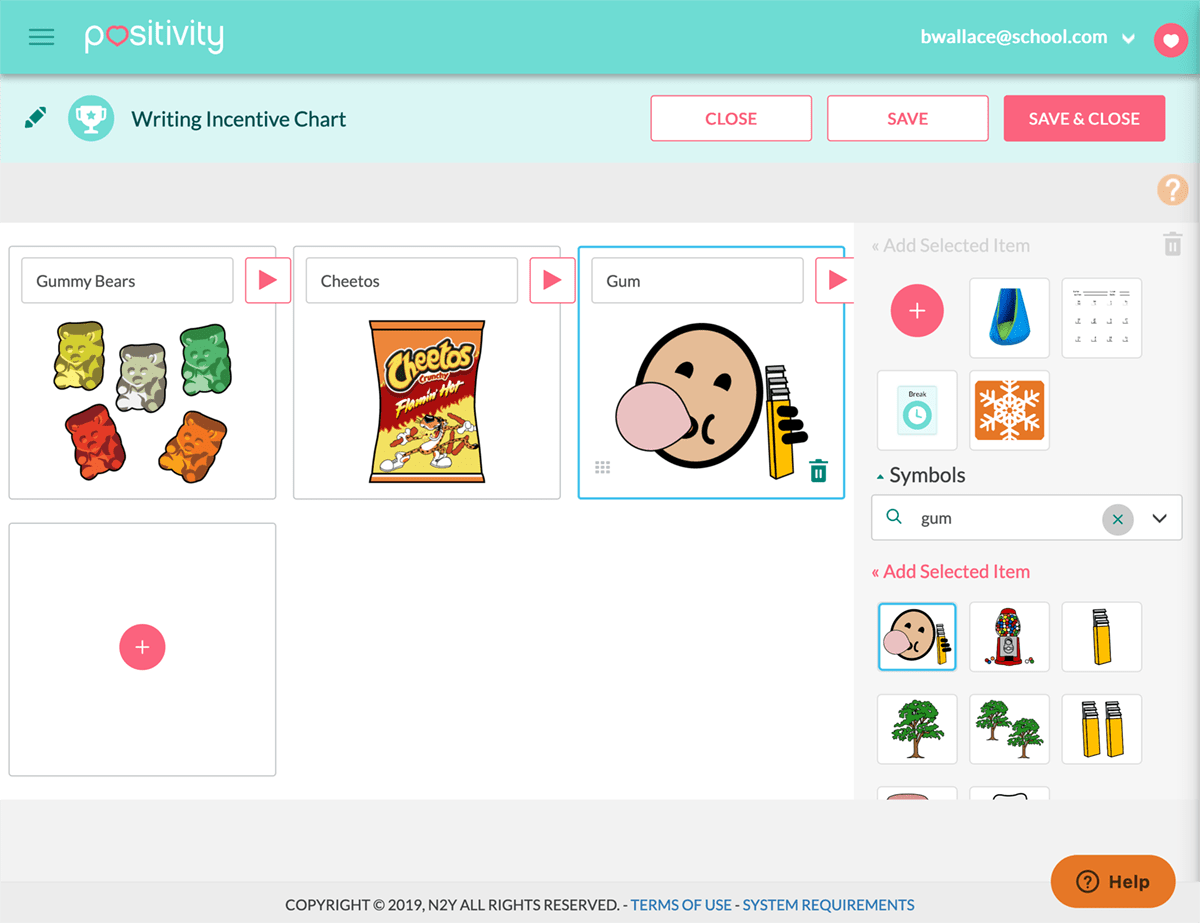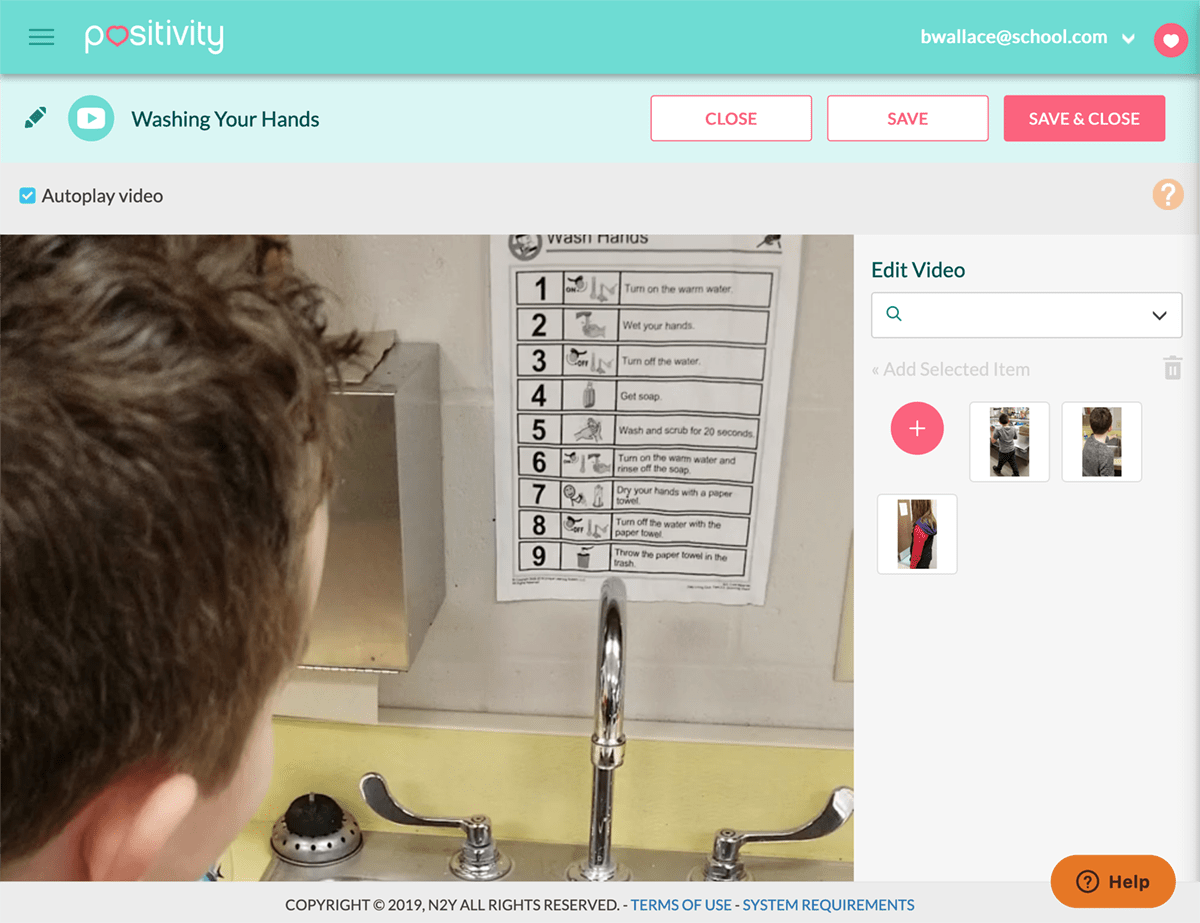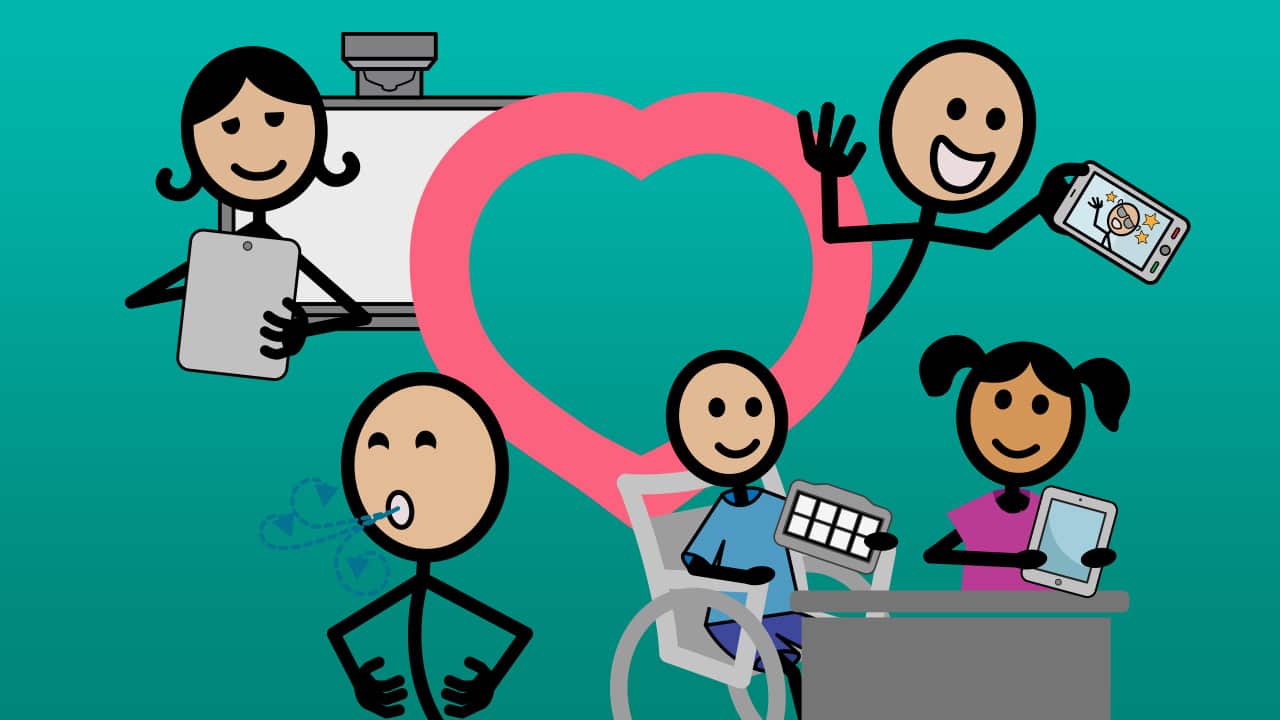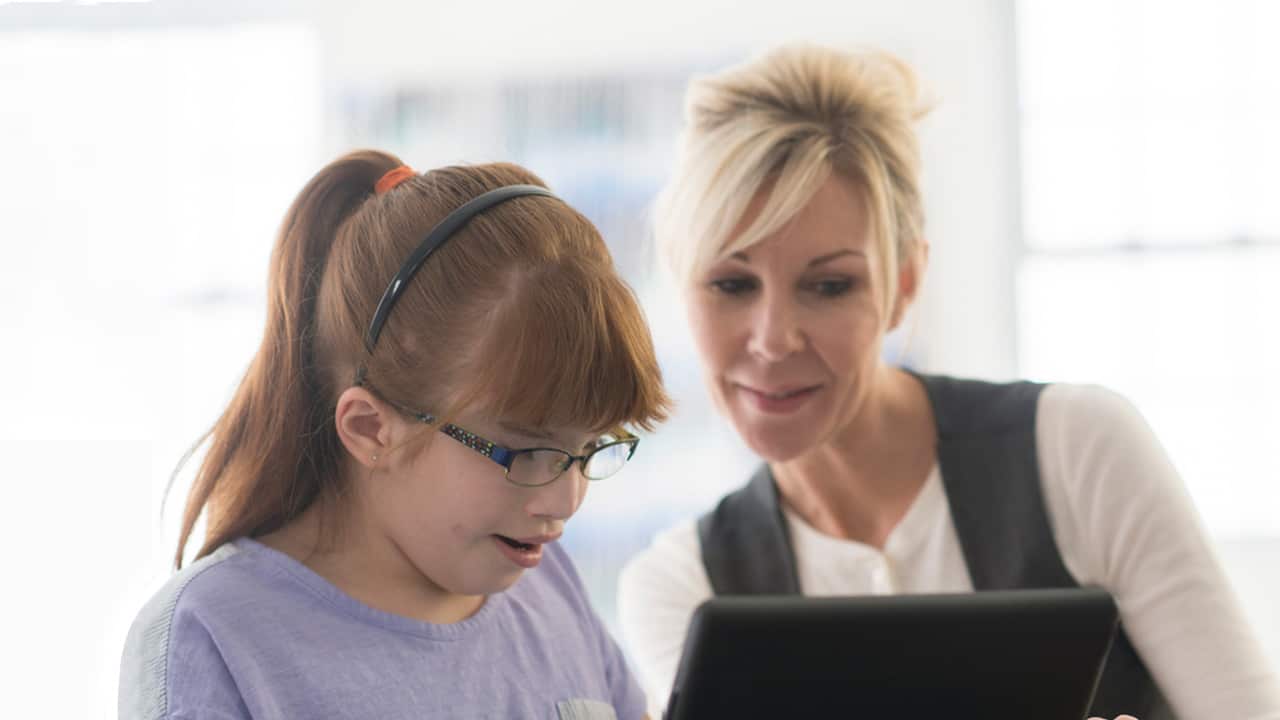Easing the Anxiety
Anxiety is often a co-morbid diagnosis in my classroom. Whether it stems from trauma, family history or an unknown source, I have been searching for ways to help my students cope with their anxiety in the classroom and develop social-emotional learning skills. I would often practice deep breathing with them one-on-one to help them calm down. I tried to create situations where they felt more confident and gave them breaks when I thought they were getting over-anxious about a difficult task. I could almost feel their tension break after just a couple days of using the visual schedule, assigning break cards and using the Positivity onscreen heart as a visual support to guide their breathing. We started taking deep breaths as a whole class when things were hectic. Students starting asking for a break on their own when they felt anxious. Best of all, n2y added flexible strategy options to their visual schedule. With a few simple clicks, I could start the next task if we got done early or delay the next task when we were running behind, eliminating another source of anxiety!
Positive Reinforcement for All!

I started using the incentive chart feature with one of my more challenging students. First, I loaded up on their favorite snacks and got some fun toys I thought they would like. I set it up so that for everything on their schedule, they had to earn 5 tokens before getting the incentive. Since the student picked the incentive before we started, I knew it was motivating and would serve as positive reinforcement of desired behaviors. I was also able to switch up which incentives were available at different times throughout the day. Writing time had the best incentives because I knew that was the toughest task. It was going great. Then one of my other students asked to talk to me in the hallway. I had no idea what they were going to say but when I found out I had to laugh. They said, “I don’t mean to sound jealous, but can I have an incentive chart, too?” I told them, “of course!” I asked the rest of the class, and it turns out they were thinking the same thing. They all wanted the incentive charts in their schedules as well. Lesson learned.
Getting Everyone Involved in Video Modeling

I have always been a big proponent of video modeling. With the availability of tablets and smartphones, I like to try to catch my students in their best behavior for them to watch. When I saw that Positivity will let me upload videos and then have them appear on their device at a specific time, I had an idea. What if I used video modeling as a tool to bring my students closer together with their typical peers? I recruited some positive peer role models and off we went. Together with my class, we made video models of walking in the hallway, washing hands, greeting an adult, and the list went on and on. All the students loved it. They wanted to watch the videos over and over again. One of the positive peer models came to my room after recess one day. They asked, “When are we going to make those movies again? I feel like a movie star!”
These three experiences have really driven home to me the power of Positivity. I had used the strategies before, but for some reason having the ability to deliver them all on demand, when and where the students needed them, made all the difference. The students were having a great time trying out all the different strategies and I was happy to be focusing on teaching content instead of trying to fix behavior.


